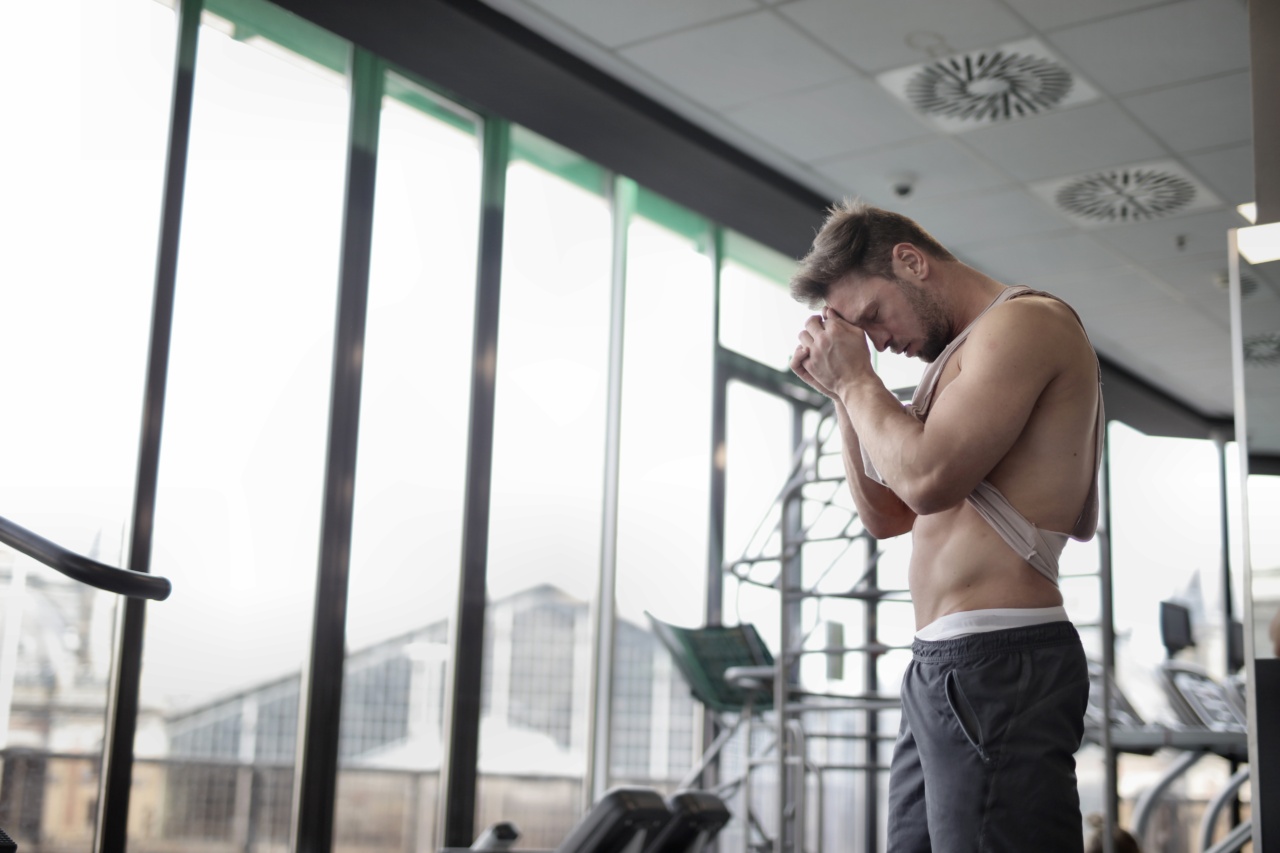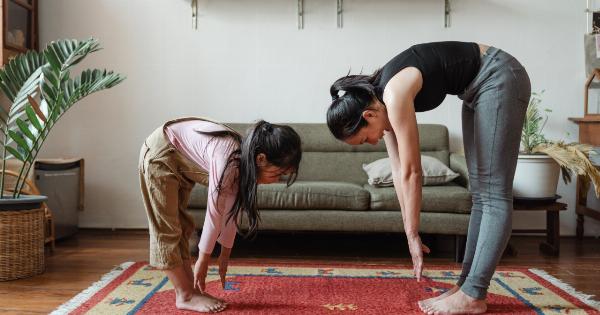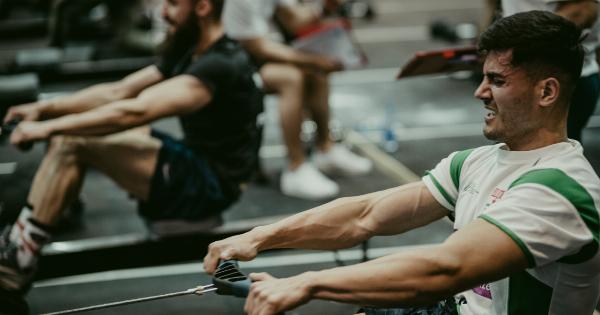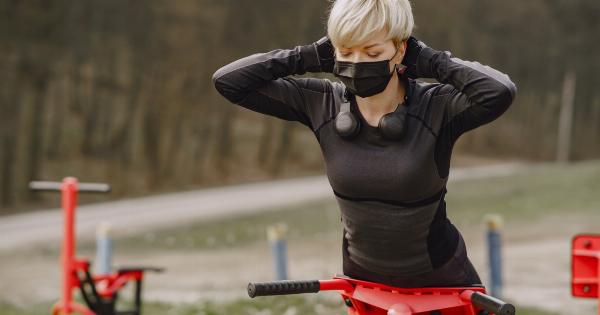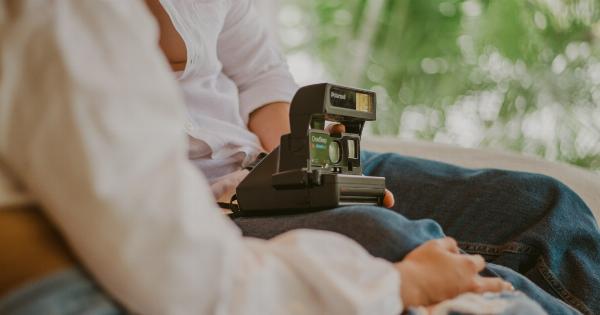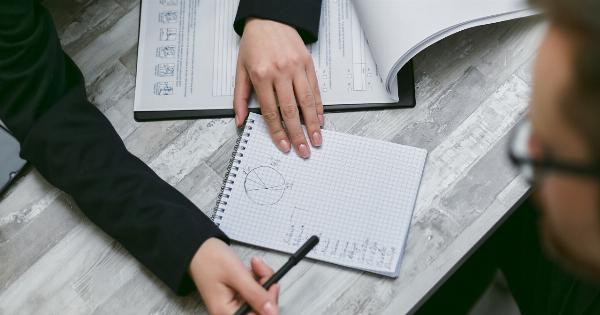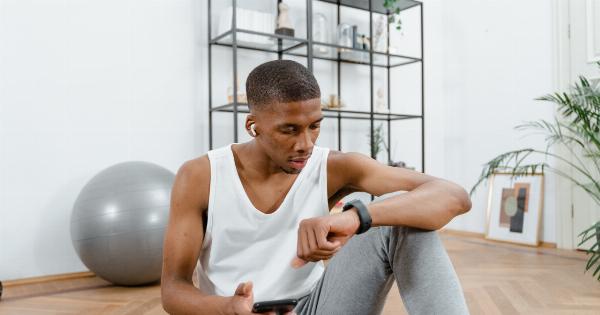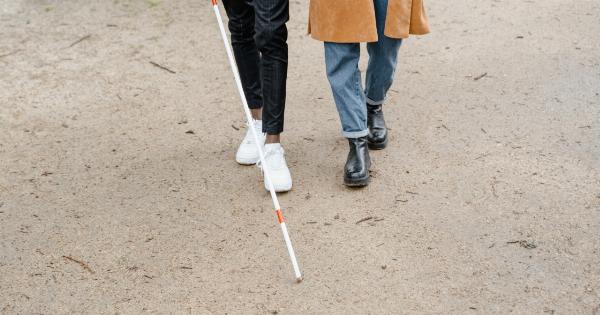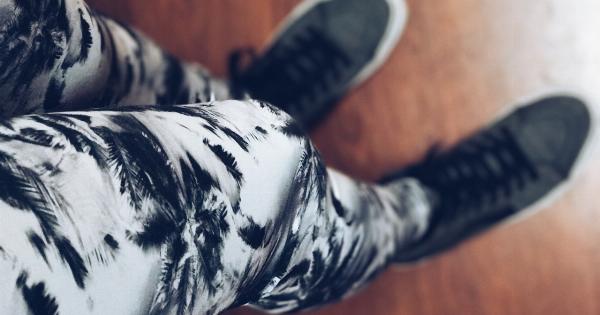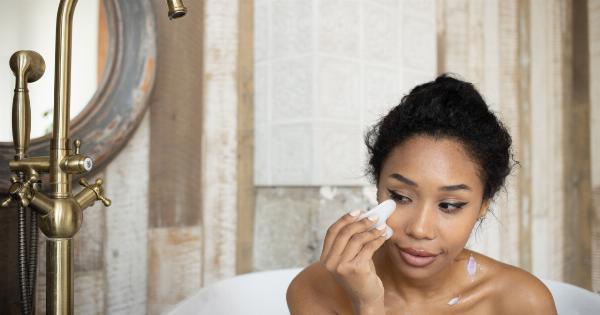Standing for long periods can be exhausting and the feeling of muscle fatigue is common. It is a common problem for people who have jobs that require them to stand for long hours, or for those who enjoy lengthy shopping trips.
This article will explore the causes of muscle fatigue when standing for long periods and offer tips for reducing the debilitating effects of standing for extended periods.
What Happens to Your Body When You Stand for Long Periods?
Standing for extended periods of time causes the muscles in the lower legs and feet to remain contracted for longer than they would when moving around or sitting down.
Blood vessels in the legs and feet also contract and can become constricted, leading to a reduced blood supply to this area. As a result, the muscles in the lower legs and feet can become tight, sore, and fatigued. Standing also requires the use of core and back muscles, and slouching can lead to excess strain on these muscles and contribute to muscle fatigue.
Causes of Muscle Fatigue When Standing for Long Periods
Poor Footwear
The type of shoes you wear when standing for long periods can have a significant impact on muscle fatigue. Shoes with poor support or that do not fit properly can cause your feet to become sore and tired.
High heels, in particular, are a common culprit and can lead to extra pressure on the feet and tension in the calves.
Poor Posture
Poor posture when standing for long periods can cause excessive strain on the muscles. When standing, it is important to keep your spine straight, your core engaged, and your shoulders back.
Standing with your weight distributed evenly between your feet can also help to reduce muscle fatigue.
Lack of Movement
Standing in one position for an extended period can cause muscles to fatigue. It is important to move your legs and feet around as much as possible, as this can help to increase blood flow and reduce muscle tension.
If you have a job that involves standing for long periods, try to take breaks and walk around to keep your muscles active.
Dehydration
Dehydration can lead to muscle fatigue and cramps when standing for long periods. It is important to drink plenty of water throughout the day to stay hydrated. Try to avoid caffeine or alcohol, as these can have a dehydrating effect on the body.
Poor Circulation
Poor circulation can lead to muscle fatigue when standing for long periods. Compression socks or stockings can help to improve circulation and reduce muscle tension in the legs and feet.
Additionally, stretching exercises or massage can help to increase blood flow to the muscles and reduce tension.
Medical Conditions
Medical conditions such as arthritis, plantar fasciitis, or varicose veins can cause muscle fatigue when standing for long periods.
If you are experiencing severe muscle fatigue or pain when standing for extended periods, it is important to speak with your doctor to rule out any underlying medical conditions.
Tips for Reducing Muscle Fatigue When Standing for Long Periods
Incorporate Movement
One of the best ways to reduce muscle fatigue when standing for long periods is to incorporate movement. This can be as simple as shifting your weight from one foot to the other or taking a brief walk around the room.
If you have a job that requires standing for long periods, try to take frequent breaks and move around to keep your muscles active.
Wear Supportive Footwear
Wearing supportive footwear can help to reduce muscle fatigue and prevent soreness. Look for shoes with cushioned soles, good arch support, and a proper fit.
If you must wear high heels, opt for a lower heel height and try to limit the amount of time you spend wearing them.
Use Proper Posture
Proper posture is crucial when standing for long periods. Keep your shoulders back, your spine straight, and your core engaged. Distribute your weight evenly between your feet and avoid slouching or bending forward.
Stretch and Massage Your Muscles
Stretching and massaging your muscles can help to reduce tension and improve blood flow. Take breaks to stretch or massage your calves, feet, and lower legs. Foam rolling can also provide relief and reduce muscle tension.
Stay Hydrated
Drinking plenty of water throughout the day can help to reduce muscle fatigue and cramps. Avoid caffeine and alcohol, which can have a dehydrating effect on the body.
Conclusion
Muscle fatigue when standing for long periods is a common problem that affects many people. The causes of muscle fatigue can vary, from poor footwear to medical conditions.
However, there are various ways to reduce the debilitating effects of standing for extended periods. Incorporating movement, wearing supportive footwear, using proper posture, stretching, and staying hydrated can all help to reduce muscle fatigue and keep you more comfortable during extended periods of standing.
